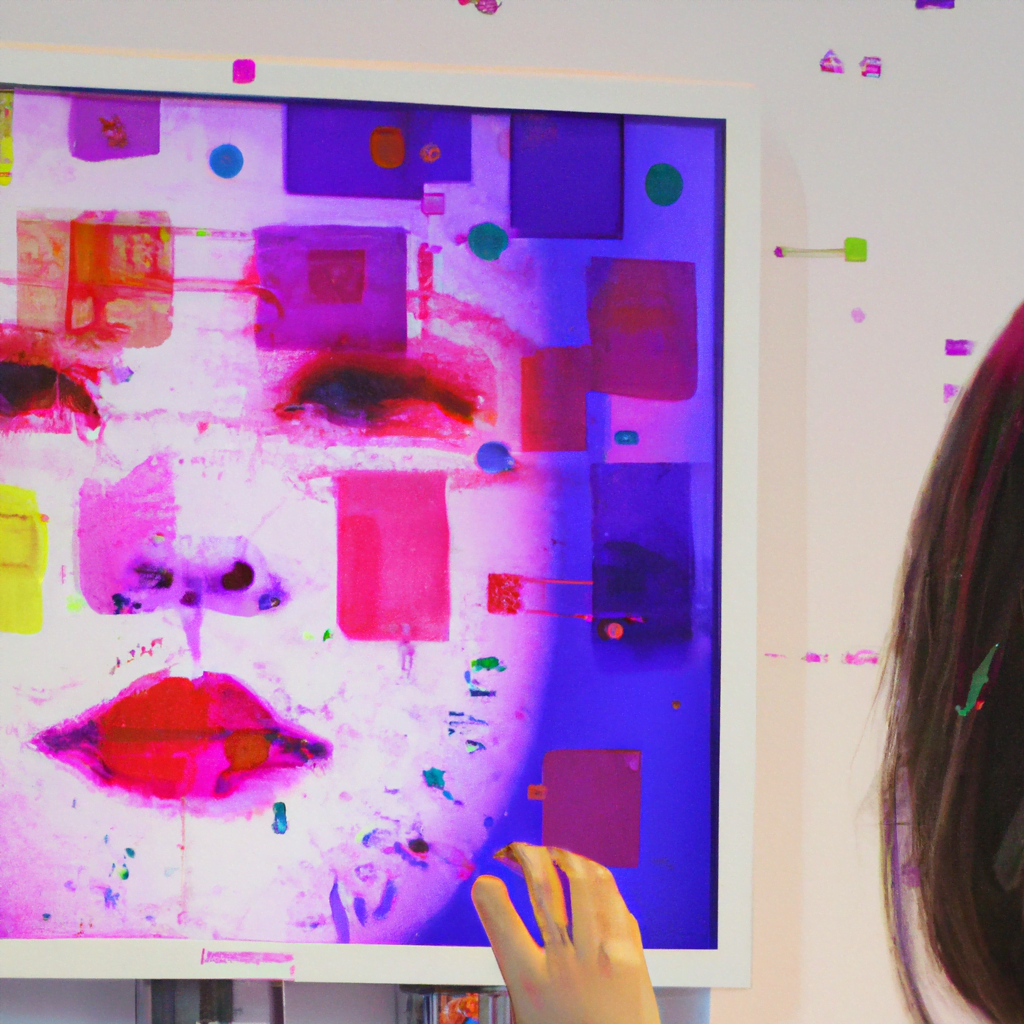
AI-Enhanced Design Systems and Component Libraries

Artificial Intelligence (AI) has revolutionized various industries, and the field of design is no exception. Designers are now leveraging AI-enhanced design systems and component libraries to streamline their workflows, enhance creativity, and deliver exceptional user experiences. In this article, we will explore the benefits, challenges, and future prospects of AI in design, focusing specifically on AI-enhanced design systems and component libraries.
The Rise of AI in Design
AI has rapidly gained prominence in the design industry, transforming the way designers approach their work. With AI, designers can automate repetitive tasks, generate design variations, and gain valuable insights from data. AI-powered design systems and component libraries take this a step further by providing designers with pre-built design elements, templates, and guidelines that can be customized and reused across projects.
One of the key advantages of AI-enhanced design systems is their ability to analyze vast amounts of data and identify patterns and trends. By analyzing user behavior, preferences, and feedback, AI can help designers make data-driven decisions and create designs that resonate with their target audience. This data-driven approach minimizes guesswork and maximizes the chances of creating successful designs.
The Benefits of AI-Enhanced Design Systems
AI-enhanced design systems offer numerous benefits to designers, including:
- Increased Efficiency: AI automates repetitive design tasks, allowing designers to focus on more creative and strategic aspects of their work. This saves time and boosts productivity.
- Consistency: Design systems ensure consistency across different projects and platforms. AI can help maintain this consistency by automatically applying design guidelines and principles.
- Customization: AI-powered design systems enable designers to customize pre-built components and templates to suit their specific needs. This flexibility speeds up the design process and allows for greater creativity.
- Collaboration: Design systems and component libraries facilitate collaboration among designers and other stakeholders. AI can assist in version control, conflict resolution, and seamless integration of design assets.
- Usability and Accessibility: AI can analyze user data and provide insights on improving the usability and accessibility of designs. This leads to better user experiences and higher user satisfaction.
Real-World Examples
Several companies have already embraced AI-enhanced design systems and component libraries, reaping the benefits of this technology. Let’s explore a few real-world examples:
1. Airbnb
Airbnb, the popular online marketplace for lodging and tourism experiences, has developed an AI-powered design system called “Design Language System” (DLS). DLS provides designers with a comprehensive set of design guidelines, components, and tools that ensure consistency across Airbnb’s various platforms. By leveraging AI, Airbnb has been able to scale its design efforts, improve collaboration, and deliver a seamless user experience.
2. IBM
IBM has developed an AI-enhanced design system called “Carbon Design System.” Carbon provides designers with a library of reusable components, design guidelines, and code snippets. The AI capabilities of Carbon help designers generate design variations, analyze user feedback, and make data-driven design decisions. IBM’s adoption of AI in design has resulted in increased efficiency, improved collaboration, and enhanced user experiences.
Challenges and Considerations
While AI-enhanced design systems offer numerous benefits, there are also challenges and considerations that designers need to be aware of:
- Dependency on Data Quality: AI relies on high-quality data for accurate analysis and decision-making. Designers need to ensure that the data used to train AI models is reliable and representative of their target audience.
- Human-Centered Design: AI should be seen as a tool to enhance human creativity and decision-making, rather than replacing designers. Designers should maintain a human-centered approach and use AI as a supporting tool in their design process.
- Ethical Considerations: AI-powered design systems should adhere to ethical guidelines and avoid biases. Designers need to be mindful of the potential biases that AI algorithms may introduce and take steps to mitigate them.
- Continuous Learning: AI models need to be continuously updated and improved to adapt to changing design trends and user preferences. Designers should invest in ongoing training and development to stay up-to-date with AI advancements.
The Future of AI in Design
The future of AI in design looks promising. As AI technology continues to advance, we can expect even more sophisticated AI-enhanced design systems and component libraries. Here are some potential future developments:
- Generative Design: AI can generate design options based on specified criteria, allowing designers to explore a wide range of possibilities quickly.
- Emotion Recognition: AI can analyze user emotions and reactions to designs, helping designers create emotionally engaging experiences.
- Augmented Reality (AR) Integration: AI can assist in creating AR experiences by automatically generating AR-ready design assets and optimizing user interactions.
- Intelligent Design Assistants: AI-powered design assistants can provide real-time suggestions, feedback, and insights to designers, enhancing their creativity and decision-making.
Summary
AI-enhanced design systems and component libraries are transforming the design industry by increasing efficiency, ensuring consistency, enabling customization, facilitating collaboration, and improving usability. Real-world examples from companies like Airbnb and IBM demonstrate the tangible benefits of AI in design. However, designers must also consider challenges such as data quality, human-centered design, ethical considerations, and continuous learning. The future of AI in design holds exciting possibilities, including generative design, emotion recognition, AR integration, and intelligent design assistants. By embracing AI, designers can unlock their full creative potential and deliver exceptional user experiences.
